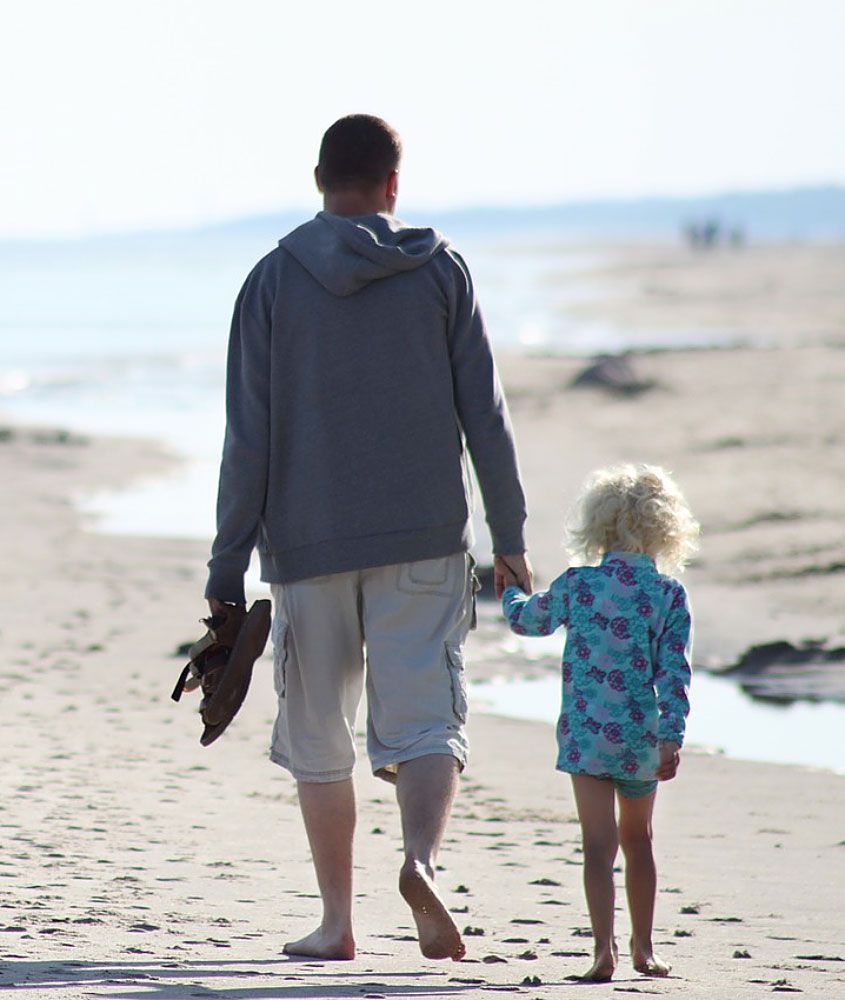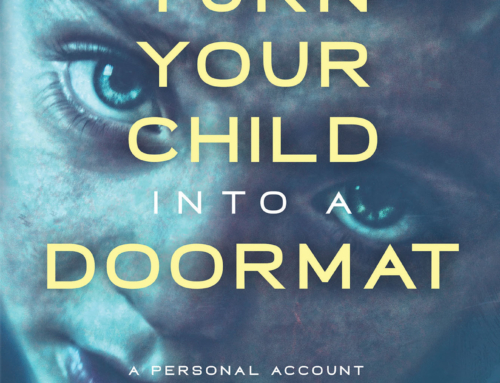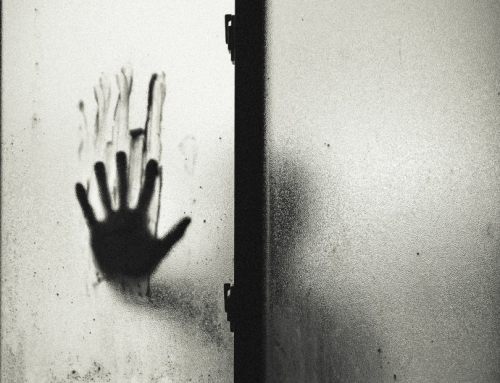REMOVING CHILDREN FROM ABUSIVE SITUATIONS AT HOME ISN’T ALWAYS THE ANSWER. THIS IS

Elisa Izquierdo was conceived in a Brooklyn, N.Y., homeless shelter and born with cocaine in her bloodstream in late 1980s. Her mother, Awilda Lopez, went on week-long drug binges and cashed welfare checks to feed her crack addiction. Two of Lopez’s other children lived with relatives, removed from the home by the court system.
Social workers placed Izquierdo in the custody of her father, where she remained until his death in 1994. After returning to live with her mother, school officials noticed that Izquierdo was withdrawn, walked as if recovering from an injury and had a large bruise marking her head, prompting them to call child welfare. Lopez responded by pulling her daughter out of the school. “When I asked her if she was hitting Elisa,” Izquierdo’s aunt recalls of a conversation with her sister, “she told me no, that she just punished her.”
In November 1995, three days before Thanksgiving, Lopez beat her daughter to death by throwing her against their housing project’s concrete wall, the impact causing the six-year-old’s brain to hemorrhage. After seeing the body, one police lieutenant told reporters that it was the worst case of child abuse he had seen in his 22 years on the force. Authorities had been notified of Izquierdo’s case at least eight times, but failed to respond despite plangent cries for help ringing out repeatedly.
The shocking murder, for which then-Mayor Rudolph Giuliani said the entire city was “accountable,” led to the creation of the Administration for Children’s Services (ACS), a governmental body with a $2.9 billion budget charged to protect the well-being of New York City’s children. During its overzealous beginnings, the agency took things too far. In 1993, more than 45,000 kids resided in foster care. This year, in an equally stunning turn, those in the system numbered just 10,400, less than a quarter of its prior size. But with a spate of deaths in 2014, is the reduction in foster care population endangering children?
*****
At the time of Izquierdo’s murder, budget cuts placed heavy caseloads — allegedly as high as 25 families per employee in Queens — on child protection workers, who had little access to data collected by other city agencies. The entire child welfare system was based on “paper case files and folders,” some stacked five feet high along the office walls, says Andrew White, ACS’s deputy commissioner for policy, planning and measurement. A month after Izquierdo’s death, Mayor Giuliani contemplated an additional $18 million cut, largely from the team of field investigators. By the time the budget was drafted, however, he decided to take more decisive action by creating ACS to manage child welfare cases.
By setting up ACS to operate outside the larger social service bureaucracy and appointing a former federal prosecutor to head the agency, Giuliani set a presumption of action. “The philosophy of child welfare has been too rigidly focused on holding families together, sometimes at the cost of protecting babies and children,” Giuliani said in his 1996 address to the city council, according to The New York Times. “When a child is abused, when child safety is in question, then government must act.” Almost overnight, ineffective investigations were replaced by punitive interventions.
But soon, mismanagement crept back in: One contractor faked records, while another misspent thousands of dollars at Saks Fifth Avenue and Neiman Marcus. Mayor Michael Bloomberg’s administration vetted long-standing partnerships with group homes and residential rehab facilities, ending those that weren’t up to snuff. ACS’s professional staff began integrating a more rigorous understanding of mental health, domestic violence and substance abuse into their work, a move that would culminate in the next administration’s integration of research on trauma.
“FOSTER CARE IS EXPENSIVE, NOT ONLY IN FINANCIAL TERMS BUT IN HUMAN PSYCHOLOGICAL DEVELOPMENT.”
—ANDREW WHITE
In the last year and a half under Bill de Blasio’s mayorship, ACS pioneered new tactics to keep families united, shifting its emphasis to 11 evidence-based preventative services, which officials believe is the largest and most diverse continuum of child-centered programs anywhere in the world. Serving 19,962 families last year, the agency now asks, why take a child away from a bad parent if the city could help that parent do a better job of parenting in the first place?
“Since the late Nineties, there’s been a recognition that foster care is not a panacea. Foster care is very valuable in certain situations and very necessary in certain situations,” explains White, before adding that it’s also a traumatic experience for children that often doesn’t lead to positive results.
A growing body of work by sociologists and neuroscientists points to the negative effects of distressing, adverse experiences in childhood as the root for many developmental problems. Parents who were physically abused or neglected as kids are more likely to treat the next generation in a similar fashion, according to Cathy Spatz Widom, psychology professor at John Jay College of Criminal Justice. That logic drove Giuliani to aggressively remove kids from dangerous upbringings, but advocates wondered if being separated from parents traumatized foster children?
By examining foster care records, Spatz Widom found little difference in arrest rates during adulthood between kids abused or neglected at home and those placed in foster care or with a guardian — proving that the instability of being removed from the home does not cause a child future harm. That being said, Spatz Widom did discover that children who were moved three times or more developed significant behavior problems — “chronic fighting, fire setting, destructiveness, uncontrollable anger, sadistic tendencies, and extreme defiance of authority” — and, in adulthood, had arrest rates that were nearly twice as high. Stability, she concluded, was hugely important for a child’s development.
“Foster care is expensive, not only in financial terms but in human psychological development. The breakup of a family causes all kinds of trauma, and sometimes that’s necessary. But a lot of times — and we know from looking at cases now — many of the parents we work with today went into foster care during the crack years,” White says. “It’s devastating to see they don’t have stability in their lives, and they don’t have the parenting skills. You can see the history in what’s happening now. We don’t want to repeat that. We want to ensure families get what they need now.”
“WHEN A CHILD IS ABUSED, WHEN CHILD SAFETY IS IN QUESTION, THEN GOVERNMENT MUST ACT.”
—FORMER NEW YORK CITY MAYOR RUDOLPH GIULIANI
During an intervention today, ACS first tries to repair a family with intensive therapy and developmental workshops. If that fails, it looks to non-custodial parents or other family members to act as caretakers, keeping the family as intact as possible. “This is not a cookie-cutter approach. It’s individualized service to address their unique concerns,” White says.
Many of ACS’s 11 models were adapted from other realms of social work, particularly criminal justice, and cover every imaginable scenario. Brief Strategic Family Therapy, for example, is targeted at reasserting parental leadership when minors develop drug addictions and other behavior problems. Child-Parent Psychotherapy, meanwhile, helps mothers strengthen attachments with children under five who experienced a traumatic event, ensuring the youngster feels a sense of safety. There’s also various levels of monitoring. Family Treatment and Rehabilitation, which is on the high-risk end, helps participants achieve a baseline of sobriety (for instance) with three visits a week, while a low- to moderate-risk family struggling with poverty may partake in Family Connections, where plans are reevaluated every 90 days. A team of six improves program development, and other staff continuously monitor contractors to ensure correct procedures are followed.
Many are still critical of ACS, particularly when it comes to the length of time children stay in foster care — a median of 53 months in 2014 — waiting to be adopted. The city’s public advocate, Letitia James, filed a class action lawsuit in July on behalf of 10 foster children, which pointed out that New York City’s wait times are twice as long as the rest of the country and that children suffer higher rates of maltreatment while in foster care. In a press release, James claims that, “ACS has delegated foster care to 29 contract agencies, but has consistently failed to monitor these contract agencies — leaving thousands of children languishing in the system with no permanent home.” ACS attributes much of the adoption delay to bureaucratic systems outside their control and says their new programs are making headway. A settlement with Gov. Andrew Cuomo was reached in October, and a state-appointed monitor was assigned to ensure the city takes corrective action; ACS is still contesting the legal challenge in court.
Despite the suit, White looks at ACS’s progress today and believes that “we are far and away the leader in the country doing this work on the preventive side,” he says. “A small foster care system is a reflection of a healthy city. We have a city now that is more stable for families than back in the Nineties.”
The hope is that today, child protective workers would visit an Elisa Izquierdo earlier and regularly. They could provide treatment for her mother’s drug addiction and diagnose any mental illness. The innocent girl could be placed with another family member and would have the opportunity to grow up. Because of Izquierdo’s death, a system changed. Now it is ACS’s responsibility to ensure that she didn’t die in vain.






